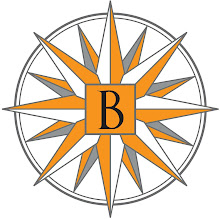 We found some interesting tidbits in The Mariner's Chronicle; or Interesting Narratives of Shipwrecks, published in 1825 (frontispiece above). They sure don't write headlines like these anymore! Two centuries later, the "Curious Remarks" are still...er...curious.
We found some interesting tidbits in The Mariner's Chronicle; or Interesting Narratives of Shipwrecks, published in 1825 (frontispiece above). They sure don't write headlines like these anymore! Two centuries later, the "Curious Remarks" are still...er...curious.CAPTAIN KENNEDY’S DISTRESSES,
From Losing his Vessel at Sea, December 23, 1768.
___________________________________
Between the seventh and fourteenth days of their being in the boat, they were most miraculously supported…having nothing to eat or drink. The wild sea-fowls, hovered over their heads in the evening, and lighted on their hands when held up to receive them. Of these the sailors at the flesh, and drank the blood, declaring it to be as palatable as new milk. The captain ate twice of the flesh, and thought it very good….
During this distressing voyage, Captain Kennedy, had recourse to the following efficacious expedients, which he had learned from the perusal of a treatise written by Dr. Lind, and which beneficial circumstance should certainly be known to all sea-faring people in case of similar calamities—this was soaking his clothes twice a day in salt water, and putting them on without wringing. It was a considerable time before he could prevail upon the crew to follow his example; but when they witnessed the good effects which this measure produced, they afterwards practiced it twice a day of their own accord; and to this may be attributed the preservation of their lives.
There is another remarkable circumstance, which is, that they daily made the same quantity of urine, as if they had drank moderately of any liquid; this must be owing to a body of water having been absorbed through the pores of the skin. The saline particles remaining in their clothing, became incrusted by the heat of their bodies and that of the sun, which cut and wounded their posteriors, and from the intense pain, rendered sitting very disagreeable….









